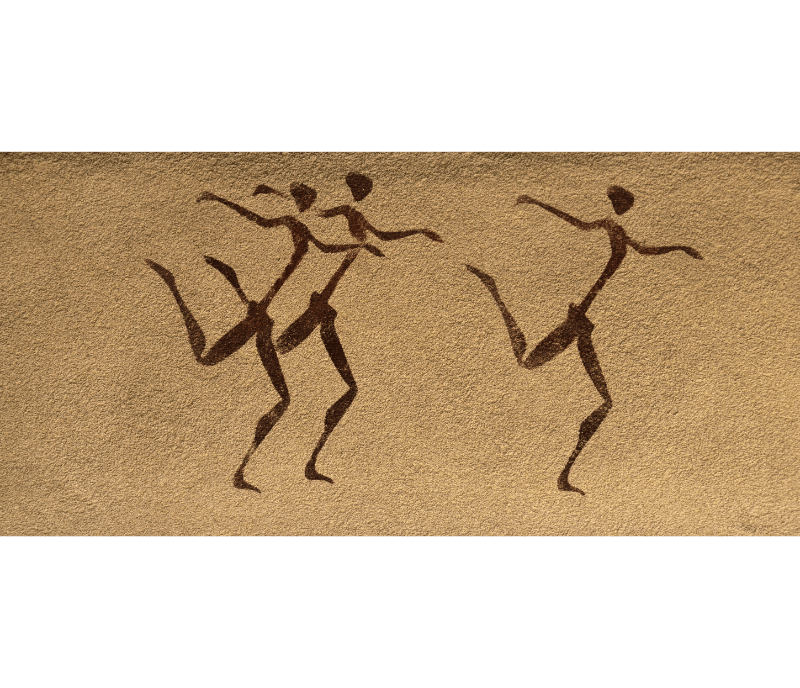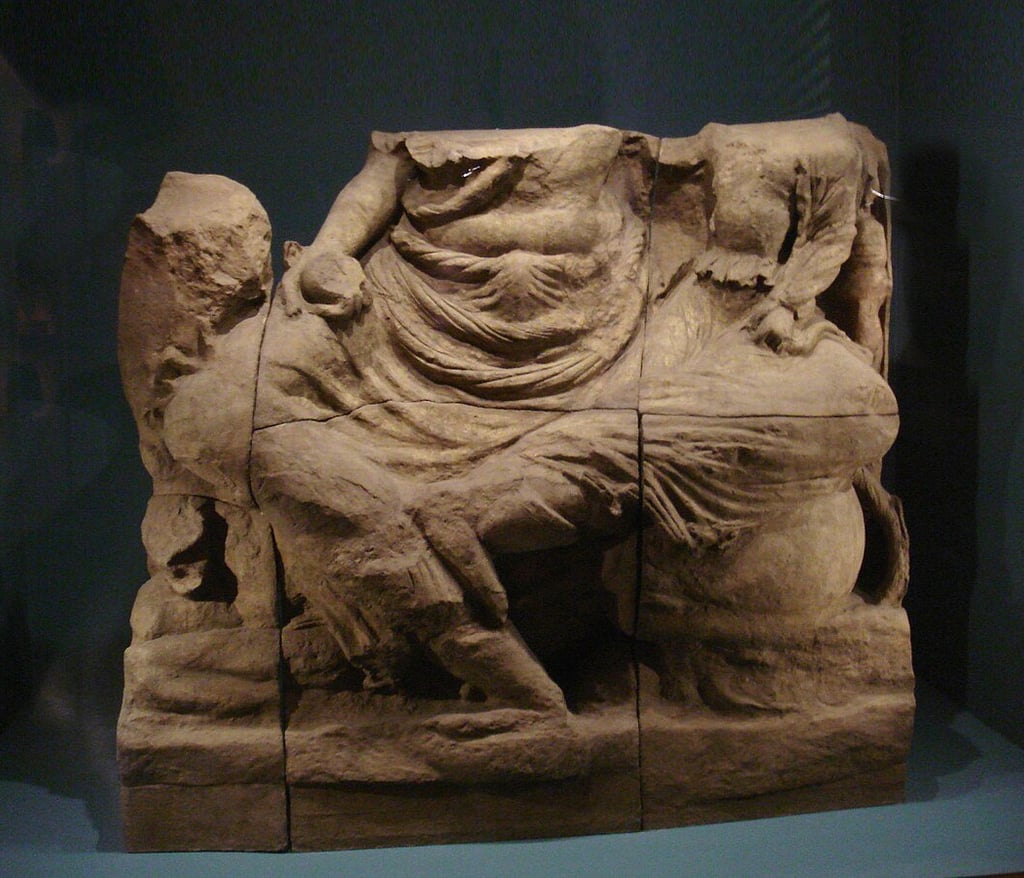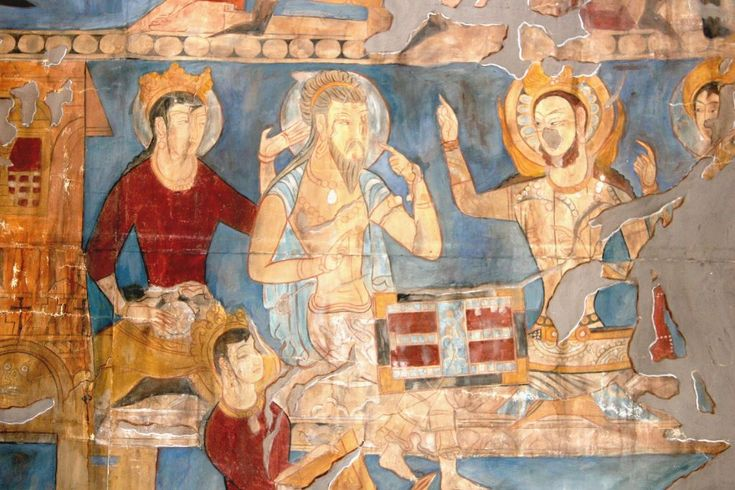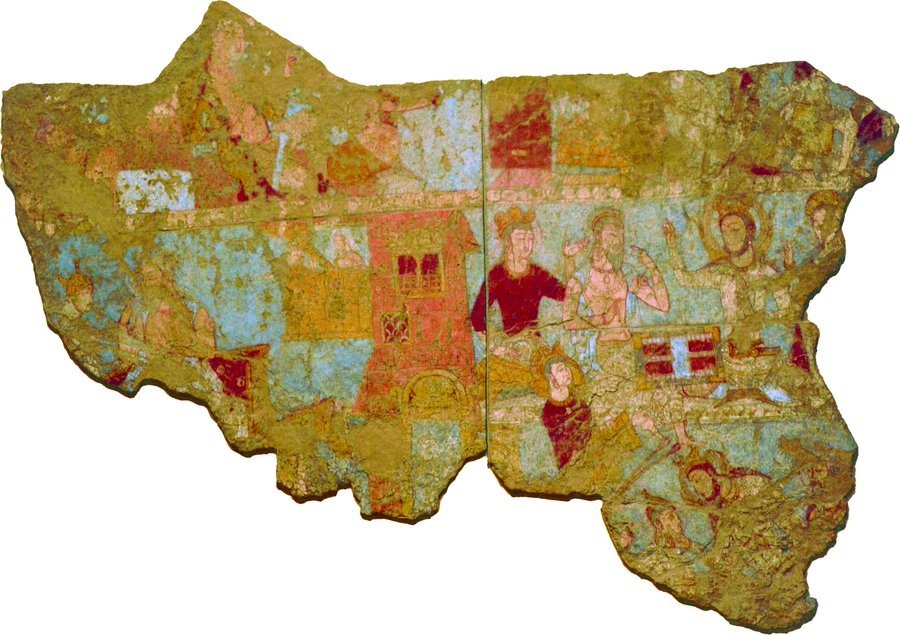Hindu Roots vs. Islamic Rule: The Battle for Cultural Identity
GLOBAL GOVERNANCE
6/23/20245 min read


Cultural identity forms the bedrock of a society's collective consciousness, encompassing traditions, rituals, and values that define a community. However, the imposition of a dominant religion through force has historically clashed with and attempted to suppress these cultural identities. Despite the swords of conquerors changing the religious landscape, the cultural essence often endures, persisting through the layers of imposed beliefs. This essay examines how forced religious conversions have shaped the religiosity of various regions while highlighting the resilience of cultural identities, with a particular focus on Tajikistan, Central Asia, and Indonesia.
Tajikistan: From Hindu Roots to Islamic Imposition
Tajikistan, located in Central Asia, is a poignant example of how a region's deep-seated cultural identity can endure despite the imposition of a dominant religion. Recent archaeological discoveries have unveiled a rich pre-Islamic history, revealing significant Hindu and Buddhist influences between the 1st and 7th centuries AD. For instance, the discovery of a massive beheaded murti of Shiva and Uma beneath the Penjikent Mosque, now housed in the Tajikistan National Museum of Antiquities, underscores the region's Hindu past.
Diplomatic Hall
PIC COURTESY: CANVA


Islamic Conquest and Cultural Suppression
The spread of Islam in Tajikistan during the 8th century was marked by conquest and coercion. Historical accounts suggest that Islam spread by the sword, with forced conversions and slavery being common practices. Today, despite Islam being the dominant religion, elements of the region's Hindu and Buddhist heritage linger in the form of art and architecture. For example, the wall paintings from pre-Islamic Tajikistan in Panjikent depict scenes from the Mahabharata, such as Yudhiṣṭhira playing dice with Shakuni, highlighting the enduring cultural memory.


Modern-Day Challenges
In contemporary Tajikistan, the government has implemented policies to regulate religious practices, such as banning the hijab and restricting Eid celebrations. These measures are part of a broader strategy to assert a secular national identity and control religious expression, which has led to significant discontent among the population. These restrictions reflect a deeper tension between imposed religious practices and the people's cultural identity. Despite these policies, the cultural and historical roots of Tajikistan continue to influence the national consciousness, demonstrating the resilience of cultural identity in the face of religious imposition.
Central Asia: A Melting Pot of Cultures
Central Asia, particularly the regions around Tajikistan and Uzbekistan, has historically been a melting pot of diverse cultures and religions. The Sogdian era, which flourished before the Islamic conquest, exemplifies this cultural amalgamation. Sogdian art and inscriptions discovered in regions like Panjikent and Samarkand reveal a strong Indian influence, with frescoes depicting scenes from the Panchatantra and the Mahabharata.


Who We Are:
The Economic Nations champions global unity through economic collaboration, focusing on sustainable growth, reducing inequalities, and enhancing global relationships for mutual prosperity and peace.
Cultural Resilience
Despite the abrupt end of Sogdian culture around 722 AD due to Islamic conquests, which saw the destruction of artworks and the plundering of towns, the cultural essence survived. The Sogdian admiration for ancient India is evident in the surviving frescoes and manuscripts written in Brahmi script. Maria Slautina's research highlights how Sogdian artists often depicted India as a fairytale land of marvels, indicating a deep cultural connection that transcended the imposition of Islam.
Moreover, the discovery of Sogdian inscriptions in regions like west Kashmir and northwest Pakistan suggests an ancient connection to India, possibly referenced in the Mahabharata as Sulikas. These connections point to a shared cultural heritage that persisted despite the efforts of conquerors to erase it. The resilience of these cultural elements, evident in the surviving art and inscriptions, underscores the enduring influence of pre-Islamic traditions in Central Asia.
Indonesia: Syncretism of Hindu Culture and Islamic Religion
Indonesia provides a compelling example of how a dominant religion can coexist with and even incorporate elements of a pre-existing cultural identity. The island of Bali remains predominantly Hindu, while the rest of Indonesia is largely Islamic. Despite the spread of Islam, many Indonesian cultural practices and artistic expressions retain Hindu influences.
Cultural Integration
Clifford Geertz's study "The Religion of Java" illustrates how Javanese people blend Islamic and Hindu traditions, creating a unique cultural identity. This syncretism is evident in traditional ceremonies, dance forms, and even everyday practices that combine elements of both religions. For instance, the Balinese Hindu festival of Nyepi, a day of silence, is widely observed, showcasing the enduring influence of Hindu culture in an Islamic-majority country.
Furthermore, traditional Indonesian art and architecture often incorporate Hindu motifs, reflecting a deep cultural integration. Temples and palaces throughout Indonesia display carvings and sculptures of Hindu deities, blending seamlessly with Islamic calligraphy and designs. This syncretism is a testament to the resilience of cultural identity, demonstrating how pre-Islamic traditions have adapted and persisted within the framework of a dominant religion.
The Americas: Christianity's Colonial Impact
The colonization of the Americas by European powers brought about the forced imposition of Christianity on indigenous populations. The Spanish and Portuguese colonizers used coercion and violence to convert Native American populations, often eradicating traditional practices and languages.
Cultural Eradication and Resilience
Despite these efforts, many indigenous cultures have managed to preserve aspects of their identity. Traditional ceremonies, languages, and crafts have survived, often blending with Christian practices. For example, the Day of the Dead in Mexico combines indigenous rituals with Catholic beliefs, reflecting a syncretic cultural identity that has resisted complete assimilation.
The resilience of these cultural practices highlights the enduring power of cultural identity, even in the face of severe suppression. Indigenous communities continue to celebrate their heritage, often incorporating elements of the imposed religion into their traditional customs, creating a unique blend that honors their past while adapting to new realities.
Conclusion: Embracing Cultural Identity
Cultural identity is the true essence of a community, deeply embedded in its collective consciousness and essential for social cohesion. The imposition of a dominant religion through force can significantly disrupt this identity, leading to cultural and psychological conflicts. However, as seen in Tajikistan, Central Asia, Indonesia, and other regions, cultural identities often persist, adapting and integrating new elements while retaining their essence. Recognizing and respecting these identities is crucial for fostering harmony and allowing societies to thrive authentically. A balanced appreciation of historical contexts and contemporary realities can pave the way for a more inclusive and respectful global society.
References
Human Rights Watch. (2017). "Tajikistan: Country Summary."
Slautina, M. (Year). Sogdians – The Cultural Bees of Central Asia, Freer-Sackler Project.
Grenet, F. (Year). Iranian Gods in Hindu Garb (Bactrians & Sogdians), CNRS.
Geertz, C. (1976). The Religion of Java. University of Chicago Press.
Smith, A. D. (2011). Indigenous Cultural Suppression and Resistance in Colonial America. American Indian Quarterly, 35(3), 287-305.
Pew Research Center. (2019). Europe’s Growing Muslim Population.
Contacts
enquiry@economicnations.org
(xx) 98-11-937-xxx (On verification)
